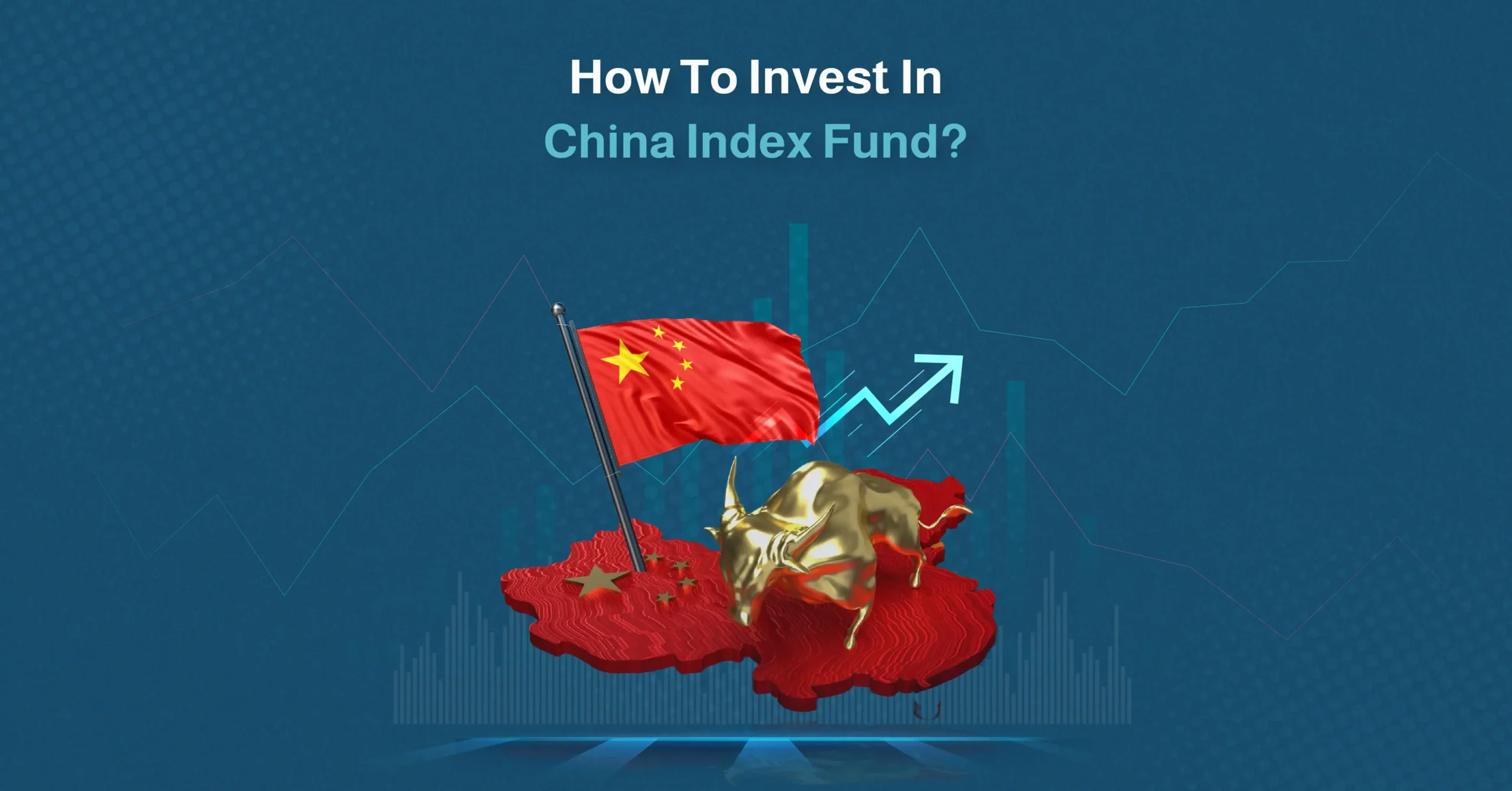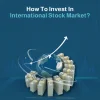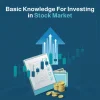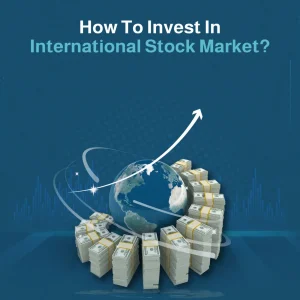China’s economy is big and growing fast, so it’s no surprise many people want to invest there. One easy way to do that is with a China index fund. Instead of buying one company’s stock, you buy into a fund that holds a bunch of Chinese stocks all at once. It’s a simple way to get a piece of the whole market.
If you’re new to this, it might seem tricky at first. But this guide will break things down — what a China index fund is, what to watch out for, and how to get started step by step. Plus, some tips to help you make smart choices in a market that’s different from others.
You can start investing now from the Gamma Asset Investment Platform
Understanding China Index Funds – A Beginner’s Guide to Investing
A China index fund is basically a group of Chinese stocks bundled together. Instead of picking stocks yourself, you buy a share of the fund and get exposure to many companies at once. This helps spread out your risk.
These funds follow specific indexes. For example, the CSI 300 covers 300 of the biggest companies in Shanghai and Shenzhen. Another popular one is the MSCI China Index, which tracks large and mid-sized companies.
By investing in a China index fund, you get access to sectors like technology, finance, consumer goods, and more, all key parts of China’s economy.
These funds usually have lower fees than actively managed ones, but it’s still important to know what index your fund follows and how that fits your goals.
Key Factors to Consider When Investing in China Index Funds
Before you put money into a China index fund, it’s worth slowing down and checking a few things. These funds can be useful, but they’re not risk-free and they don’t all work the same way.
What’s actually in the fund?
Some funds include mainland Chinese companies. Others focus on firms listed in Hong Kong or even in the U.S. Don’t assume they all cover the same stuff. Have a look at the list of companies, just to be sure you’re comfortable with where your money’s going.
Currency can make a difference
If you’re based in Saudi Arabia and the fund is in yuan or dollars, the exchange rate matters. Even if the fund grows, a weak yuan could lower your return when you cash out.
The government plays a big role
China’s rules can change fast. One decision from the top can send certain stocks up or down overnight. That doesn’t mean you should avoid it altogether, but you need to know this market moves differently from others.
Fees still matter
Index funds are usually cheaper than managed ones, but not all are equal. Check the fee — even a small percentage adds up, especially over the long run.
How does this fit into your bigger plan?
A China index fund can be a smart addition, but it shouldn’t be your whole strategy. Spread your investments out, so one bad market doesn’t hurt everything.
Step-by-Step Guide to Investing in China Index Funds for Beginners
If you’ve never done this before, don’t worry. Getting started with a China index fund is pretty doable once you know the steps. You don’t need to be an expert, and you definitely don’t need a huge amount of money to begin.
Step 1: Pick a platform that works for you
The first thing is finding an investment app or website that lets you buy international funds. Some are open to Saudi investors, but not all. Double-check if you can open an account and send money in your local currency.
Step 2: Search for the right fund
There are a bunch of China index funds out there. Some track the CSI 300. Others follow the MSCI China Index or FTSE China 50. The main thing is to look at what companies the fund includes. Is it heavy on tech? Finance? State-owned companies? You want to know where your money’s going.
Step 3: Don’t skip the fees
Each fund charges a small yearly fee — this is usually called the expense ratio. It might not sound like much, but over time, even a small difference can take a chunk out of your returns. So it’s worth checking.
Step 4: Decide how much to start with
You don’t need to go all in. Even putting in SAR 500 or 1,000 a month can be a smart way to build your position over time. Some people invest once, others do it monthly. What matters is that it fits your budget.
Step 5: Place your order
Once you’ve found the fund and chosen how much you want to put in, go ahead and invest. Most platforms make this part simple — it’s just a few clicks.
Step 6: Be patient
The Chinese market can move around a lot. Don’t let short-term drops scare you. As long as your plan hasn’t changed, there’s no need to react every time the price shifts.
One more thing: If you’re looking for a platform that keeps things simple, especially if you’re interested in halal investing, Gamma Assets is worth looking into. They help you compare funds, track performance, and build an investment plan that fits your goals.
Maximizing Returns – Tips for Successful Investment in China Index Funds
Putting money into a China index fund is a good start. But if you want to make the most of it, there are a few habits that can help — nothing fancy, just simple steps that add up over time.
Start early, stick with it
The earlier you start, the better. Even small amounts can grow if you give them time. If you can, put in a bit each month. You won’t always buy at the lowest price, but that’s not the point — staying consistent is what matters.
Don’t cash out your earnings
If the fund pays you a dividend, think twice before pulling it out. Reinvesting those payouts helps your money grow faster. Over time, that extra bit can make a real difference.
Watch the fees
Low-cost funds usually work out better in the long run. It might not seem like a big deal if one fund charges 0.3% and another charges 0.7%, but over 10 years, that difference adds up — and it comes out of your pocket.
Spread out your investments
A China index fund gives you exposure to a range of Chinese companies, but it’s still all tied to one country. If something big affects the Chinese market, your fund will feel it. So it’s a good idea to also invest in other regions or asset types — just to balance things out.
Keep an eye on things — but don’t panic
You don’t need to check your account every day. Once every few months is enough. The key is to stay calm when markets dip. That’s just part of the deal. If nothing’s changed in your life or goals, there’s usually no reason to make big moves.
Stay loosely informed
You don’t need to read every finance article, but keeping an ear out for big economic shifts or policy updates from China can help. It gives you context and makes you a more confident investor.
And if you’d like a bit of help figuring all this out, Gamma Assets is a solid place to start. They offer tools that make investing simpler — plus access to funds that follow Islamic principles if that’s something you care about.
Navigating the Chinese Market – Strategies for Investing in China Index Funds
Investing in China can feel a bit different from investing elsewhere. The rules are different. The market moves fast. And sometimes, decisions made by the government can shake things up overnight. But that doesn’t mean it’s a bad idea — it just means you need to go in with your eyes open.
Think long-term
If you’re after quick gains, this might not be the best fit. China’s market has its ups and downs. One day, prices soar. Next, they dip. That’s just how it goes. But if you’re patient and stick with it, long-term investors usually do fine. The key is not to panic when things drop.
Understand what’s inside your fund
Don’t assume all China index funds are the same. Some lean toward big government-backed companies. Others focus more on tech or retail. The kind of index your fund follows matters. It gives you a rough idea of how it might behave when the market shifts.
Outside news affects things, too
China’s market doesn’t move in a bubble. A trade deal falling through, oil prices rising, or even a slowdown in the U.S. economy — all of that can affect Chinese companies. You don’t need to watch every headline, but it’s useful to know what’s going on in the wider world.
Watch the currency angle
If you’re investing from Saudi Arabia, there’s the added layer of currency changes. Even if your fund does well in Chinese yuan, your real return depends on how that translates into riyals. It’s not something you can control, but it’s worth keeping in mind.
Use the right tools
If all this sounds like a lot, you don’t have to figure it out on your own. Gamma Assets is one place that can help. They make it easier to find funds, track how your money’s doing, and choose options that match your values, including ones that stick to Islamic investing rules.
More topics can be read on the Gamma blog
Is a China Index Fund the Right Fit for You?
Investing in a China index fund can be a smart way to tap into one of the world’s biggest economies without having to pick individual stocks. It’s simple, cost-effective, and gives you exposure to different industries all in one move. But like any investment, it’s not one-size-fits-all.
Before you jump in, think about your goals. Are you investing for the long haul? Can you handle some bumps along the way? Are you comfortable with currency swings and global market shifts?
If the answer is yes, then a China index fund could be a strong addition to your portfolio. Just take your time, choose a fund that makes sense for your plan, and keep checking in with yourself as your situation changes.
And if you’re looking for help getting started, or want access to international investments that also follow Islamic principles, Gamma Assets is a good place to begin. Their tools and guides are built to help everyday investors make confident, informed decisions.













